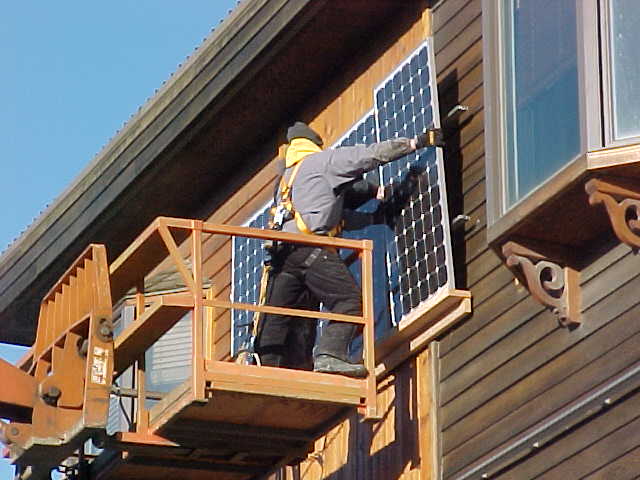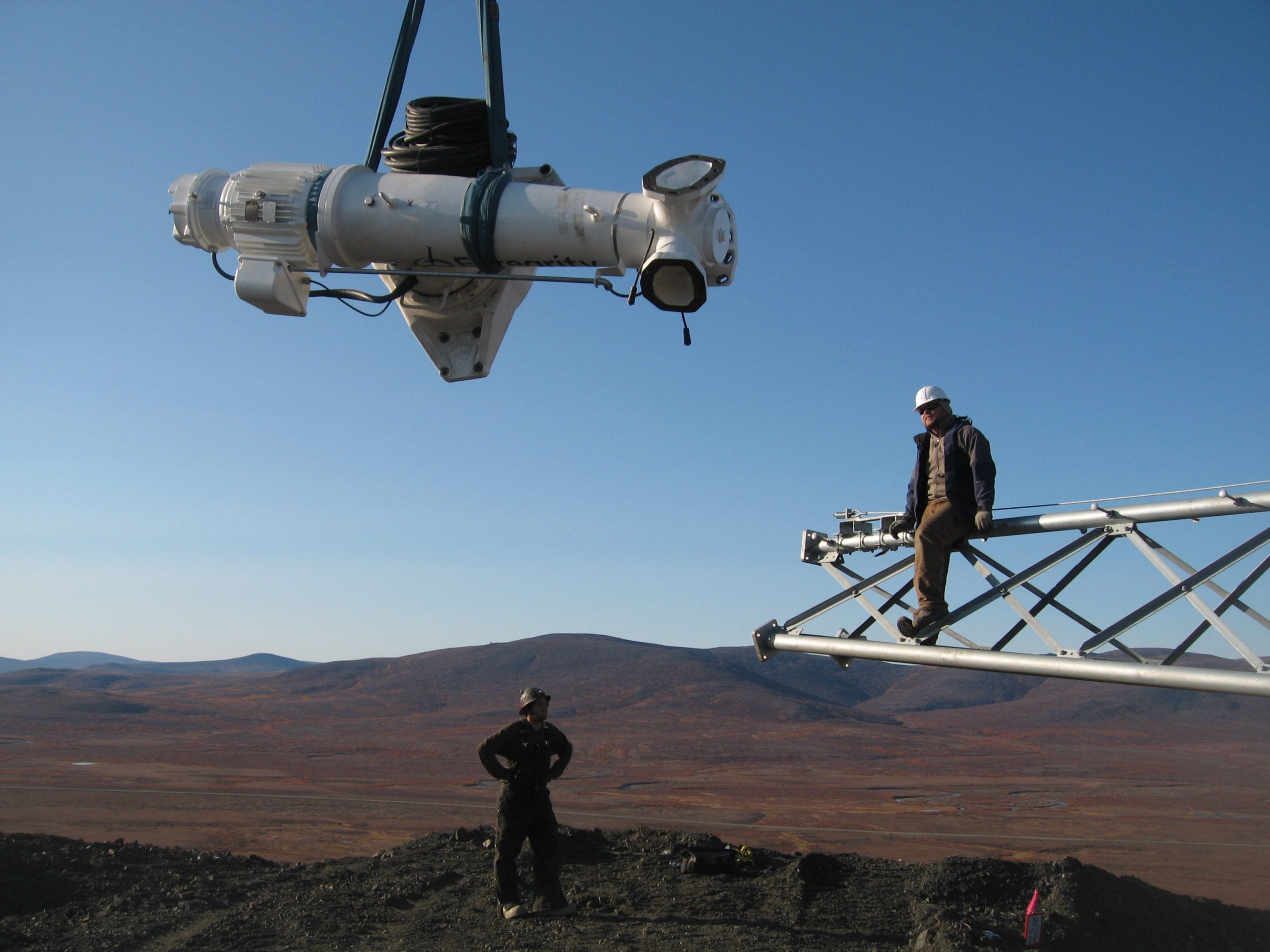Where are Alaska’s clean energy careers?
Most clean energy jobs in Alaska today are within the efficiency sector. Alaska’s total workforce consists of approximately 330,000 Alaskans. Nearly 22,000 of these workers are employed within the energy sector.
The clean energy sector includes approximately 5,000 Alaskans, or less than 2% of the state’s total workforce, but this should not discourage one from seeking a career in clean energy. The sector is growing, and will likely grow even faster as drivers such as climate change and economic advantages of clean energy become more apparent. It’s also the case that many “clean energy” jobs may not be the ones that we imagine.
Renewable energy technologies and occupations hold an allure today that bears comparison to previous generations’ fascination with the aerospace industry. Few dreamers in the space age became astronauts, but the overarching spirit of innovation paved the way for new technologies and career paths that transformed the world.
Renewable energy occupations have the potential to play a similar outsized role in expanding the impact of clean energy, and preserving the climate for future generations. But today, less than 700 Alaskans work directly in renewables. By contrast, there are approximately 4,400 workers, or 1.3% of the state’s total workforce, employed in some way in energy efficiency. Heating and cooling technicians, advanced materials construction workers and lighting experts comprise the majority of the efficiency workforce in Alaska. Certified energy auditors, and degree holders such as architects, designers and energy managers are also part of a workforce striving to control the high cost of energy in Alaska by exploiting Alaska’s first fuel – energy efficiency.


